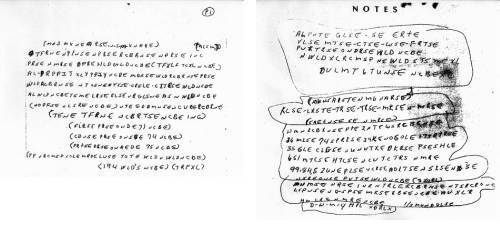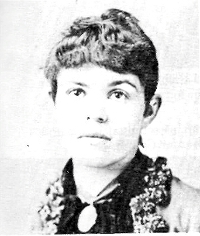
On June 30, 1999, sheriff’s officers discovered the body of 41-year-old Ricky McCormick in a field in St. Louis. In his pockets were the two hand-printed documents above. Both the FBI and the American Cryptogram Association have failed to decipher the notes, so they’ve issued an appeal for help from the public.
Investigators believe the notes were written up to three days before McCormick’s death; his family says he’d used such encrypted notes since he was a boy. “Breaking the code could reveal the victim’s whereabouts before his death and could lead to the solution of a homicide,” said Dan Olson, chief of the FBI’s Cryptanalysis and Racketeering Records Unit. “Not every cipher we get arrives at our door under those circumstances.”
This is not an April Fools’ joke — the FBI’s appeal, including larger versions of the images, is here.
(Thanks, Bunk.)



